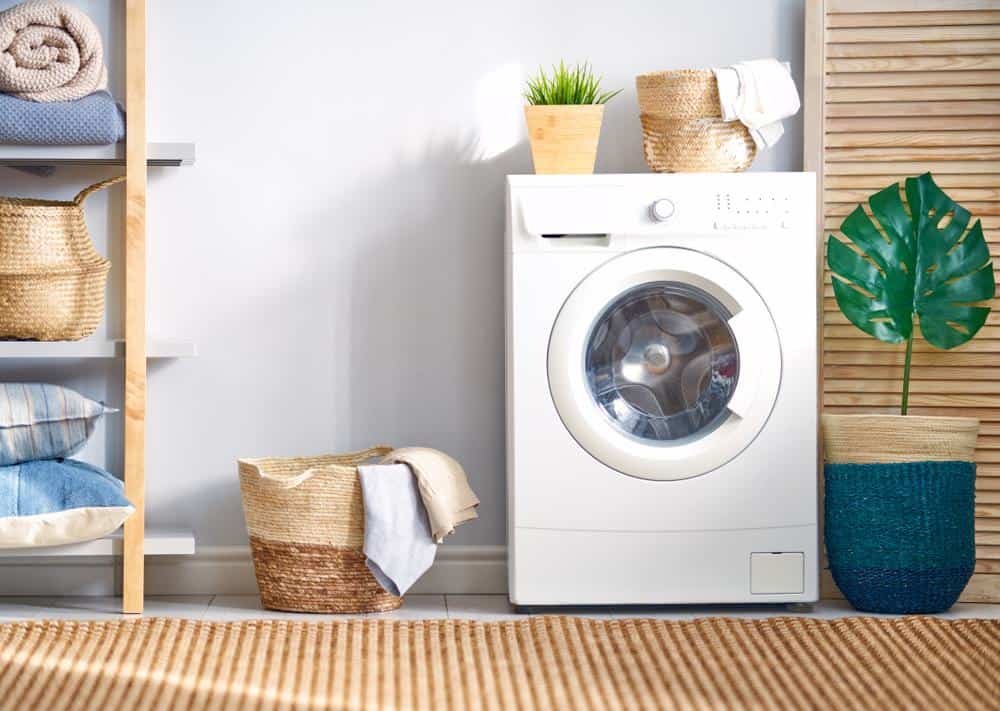
When it comes to the installation or replacement of a washing machine drain pipe, one of the most critical factors to consider is the pipe’s size. The correct pipe size is crucial for efficient drainage and preventing potential problems like clogs and backups. But what is the standard size for a washing machine drain pipe, and why is it so important?
The standard size for a washing machine drain pipe, according to the Universal Plumbing Code, is 2 inches in diameter. This size is crucial for handling the volume of water discharged during the machine’s operation and the flow rate of the washer’s pump. However, the size can vary depending on the model and size of the washing machine, and it’s always recommended to consult with a professional plumber for specific situations.
Standard Size for a Washing Machine Drain Pipe
According to the Universal Plumbing Code, the standard size for a washing machine drain pipe is 2 inches in diameter. While the minimum requirement is 1 1/2 inches, modern washers typically require a larger drain to handle larger loads and avoid drainage problems. The drain pipe should be installed between 18 and 30 inches high from the floor.
Why is Pipe Size Crucial?
The size of the drain pipe directly impacts a washing machine’s functionality. It must accommodate the volume of water discharged during the machine’s operation, and the flow rate of the washer’s pump. An undersized pipe may cause slow drainage, potential clogs, and even flooding. Conversely, a pipe that is too large may not provide enough resistance for the washing machine’s pump to work efficiently, leading to poor drainage and potential damage to the pump.
The Effect of Washing Machine Model and Size
Different models and sizes of washing machines may require different drain pipe sizes due to varying water flow rates and load capacities. For instance, a top-load washer’s pump has a flow rate of 15 to 17 gallons per minute (GPM), while a front-load washer’s pump has a flow rate of 10 GPM.
Potential Issues with Incorrectly Sized Drain Pipes
Incorrectly sized drain pipes can lead to several problems, including clogs and blockages, insufficient pressure, increased likelihood of stoppages, reduced efficiency, plumbing code violations, and increased maintenance costs.
Professional Advice for Installing or Replacing a Washing Machine Drain Pipe
If you’re planning to install or replace a washing machine drain pipe, it’s vital to consult with a professional plumber. They can provide guidance specific to your situation and ensure a safe and compliant installation of the washing machine drain.
Pipe Size Adjustments
It’s possible to adjust or modify the size of a washing machine drain pipe after installation. However, this process may require some plumbing work and should be carried out by a licensed professional to ensure compliance with local codes and regulations.
Recommended Materials for a Washing Machine Drain Pipe
The recommended materials for a washing machine drain pipe are PVC (polyvinyl chloride) and ABS (acrylonitrile butadiene styrene). These plastic pipes are durable, resistant to chemicals and corrosion, and allow for efficient wastewater flow.
In conclusion, the size of the pipe for a washing machine drain is a crucial factor that homeowners should pay attention to when installing or replacing their washing machine drain pipe. By choosing the correct pipe size, homeowners can ensure efficient operation of their washing machine and prevent potential plumbing problems.
Frequently Asked Questions
What is the Universal Plumbing Code?
The Universal Plumbing Code (UPC) is a model code developed by the International Association of Plumbing and Mechanical Officials (IAPMO) to govern the installation and inspection of plumbing systems as a means of promoting the public’s health, safety, and welfare.
What is the role of a washer’s pump in the drainage process?
A washer’s pump plays a crucial role in the drainage process. It is responsible for expelling the water from the washing machine during the rinse and spin cycles. The pump’s flow rate, measured in gallons per minute (GPM), determines how quickly the water is pumped out of the machine and into the drain pipe.
Why are PVC and ABS recommended for a washing machine drain pipe?
PVC (polyvinyl chloride) and ABS (acrylonitrile butadiene styrene) are recommended for a washing machine drain pipe because they are durable, resistant to corrosion and chemicals, and smooth on the inside, which allows for efficient wastewater flow. These qualities make them suitable for long-term use in plumbing systems.
Can I install or replace my washing machine drain pipe myself?
While it’s possible for a handy homeowner to install or replace a washing machine drain pipe, it’s generally recommended to consult with a professional plumber. This ensures that the installation complies with local codes and regulations and that the pipe is correctly sized to prevent potential issues such as clogs, blockages, and insufficient pressure.
What happens if my washing machine’s drain pipe is installed too high?
If a washing machine’s drain pipe is installed too high, the washer’s pump may struggle to effectively pump water to that height, leading to inefficient drainage and potential damage to the pump. As per the Universal Plumbing Code, the drain pipe should be installed between 18 and 30 inches from the floor.












